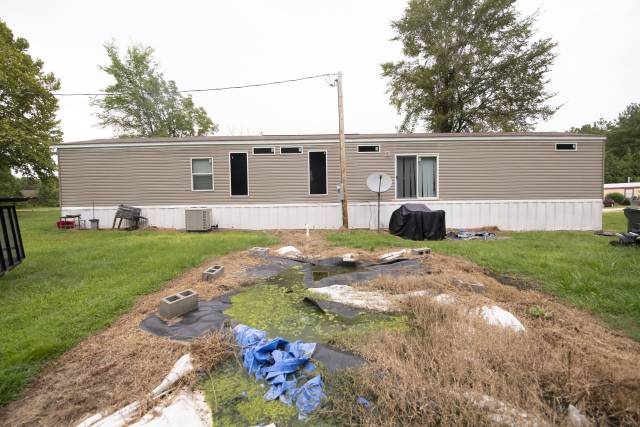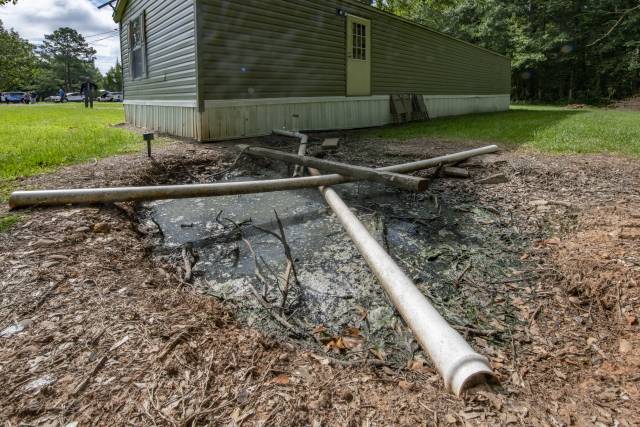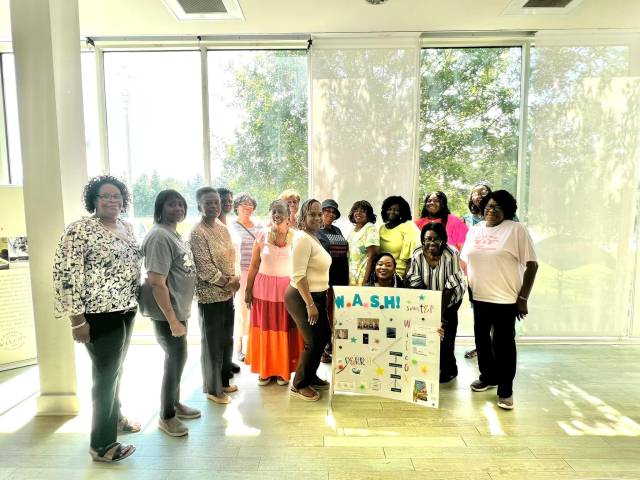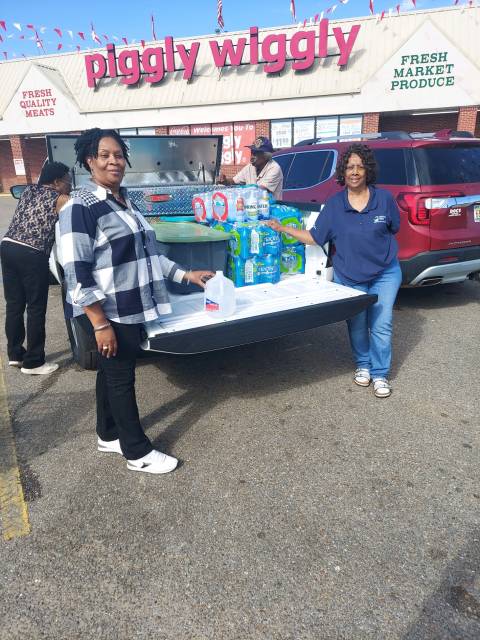You are here
Water and a Voice for Alabama's Rural Communities
“You’ve got to remain honest and truthful. Don’t make promises. Just say ‘Let me try to assist,’” said Ethel Johnson, program manager at West Central Alabama Community Health Improvement League (WCACHIL).
Johnson has over 30 years of experience working to implement public health programs in the tight-knit rural communities of west central Alabama, including Wilcox, Perry, Dallas, Marengo, Monroe, Lowndes and Sumter counties. Together these seven counties make up a large portion of the Alabama Black Belt, named for its rich, clay-like soil.
In the Black Belt region, lack of clean water access is pervasive. “People say ‘My water has an odor. My water comes out with a color. After I take a bath, I smell like my water,”’ said Janice Robinson, LPN, a native of Wilcox County who works with WCACHIL as a representative of the University of Alabama’s Sanitation Health Program.
Comprised predominately of African American residents, over 25 percent of people in these counties live below the poverty line–among the highest poverty rates in the entire United States. This region is also recognized as one of the most affected by limited access to proper sanitation. Because the centralized sewer treatment facilities often only serve residents within the incorporated city limits, up to 82 percent of residents in these counties rely on on-site sewer systems like septic tanks. The clay-like soil often causes these systems to fail, requiring the installation of new septic systems, which can cost tens of thousands of dollars. Given the lack of resources, residents often resort to unpermitted systems to dispose of household sewage.
The most commonly used method, known as “straight piping,” does not treat the raw sewage, which flows ultimately into local rivers, lakes and ditches. When these pipes back up, sewage can flow into people’s yards where it puddles in the dense soil. For households dependent upon well water, further problems arise if those wells run dry, forcing families to buy bottled water for drinking, cleaning and cooking. Many people in this region haven’t had running water for ten years.
These conditions have led to a higher local incidence of worm and gastrointestinal infections, like helminthiasis and salmonella. Without access to clean water to wash their hands, these communities also saw the highest rates of COVID-19 infection in the state. “How can you live a healthy lifestyle when you don’t have clean drinking water and your sewer is running in your backyard?” Johnson said.
In 1994, Johnson and seven other community members formed a community coalition to address the issue. Working with University of Alabama Birmingham Center for the Study of Community Health, this coalition became WCACHIL. With support from the CDC Foundation, WCACHIL continues working for increased water, sanitation and hygiene (WASH) access for these communities in the Alabama Black Belt.
“People aren’t knowledgeable about the resources available and that they have the power to get things shaking and moving,” Johnson said. “You’ve got to bring people together in order to get something started.”
Educating residents on the connection between water, health and disease, WCACHIL has partnered with local organizations to spread the word and empowered communities to advocate for themselves by attending board meetings and talking to their legislators. That advocacy has borne results with local politicians. “Once they find out what’s going on, and they see you trying to do something to help your communities, they will buy into it,” Robinson said.
Millions around the country suffer from a lack of access to clean, safe water and sanitation , and the work is nowhere near over. Efforts from organizations like WCACHIL and the dedication of people like Johnson and Robinson are essential to solving this crisis, ensuring west central Alabama is educated and empowered to advocate for its communities.




